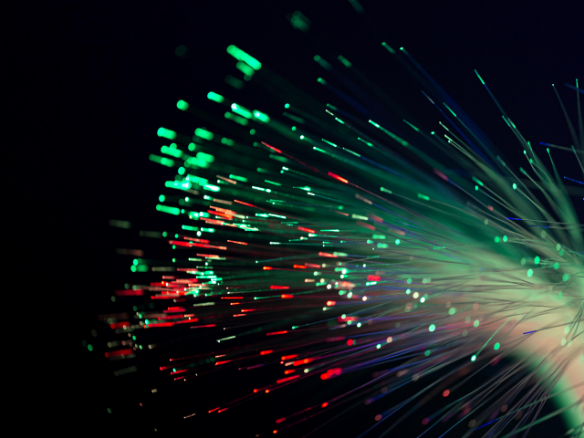- Fibre optic technology is revolutionising internet connectivity worldwide.
- Understanding its impact can help you make informed decisions about your internet services.
In an era where fast and reliable internet is crucial, fibre optic networks have emerged as a game-changer. But what exactly is a fibre optic network, and why is it so important?
1. What is a fibre optic network?
A fibre optic network uses thin strands of glass or plastic fibres to transmit data as light signals. These fibres are bundled together in cables and are capable of carrying large amounts of data over long distances at incredible speeds.
2. How does it work?
Fibre optic networks function by converting electrical signals carrying data into light. This light travels through the fibre cables with minimal signal loss, allowing for faster and more efficient data transmission compared to traditional copper cables.
3. Benefits of fibre optic networks
- Speed and bandwidth: Fibre optic networks can handle much higher bandwidth than copper cables, making them ideal for high-speed internet, video conferencing, and streaming services.
- Reliability: Unlike copper cables, fibre optics are less susceptible to interference and signal degradation, providing a more stable and reliable connection.
- Future-proofing: As data consumption continues to rise, fibre optic networks are better equipped to meet future demands without significant infrastructure upgrades.
Also read: The working mode and benefits of a fibre network
Also read: What is a dark fibre network?
Further information
Definition of keywords
- Bandwidth: The maximum rate of data transfer across a given path.
- Signal degradation: The loss of signal strength during transmission.
Pros and cons
- Pros:
- High speed: Fibre optics offer significantly faster data transfer rates.
- Long-distance transmission: Capable of maintaining signal strength over long distances.
- Reduced interference: Less affected by electromagnetic interference.
- Cons:
- Cost: Initial installation can be expensive.
- Availability: Limited in rural or underdeveloped areas.
Influence and industry background
Fibre optic networks have revolutionised industries such as telecommunications, medical imaging, and data storage. For example, Google Fiber, a service provided by Google, has expanded the availability of high-speed internet in several US cities, setting a new standard for internet service providers.
Personal perspective
Reflecting on the transformation brought about by fibre optic networks, it’s hard not to feel excited about the possibilities. Imagine a world where buffering during your favourite show is a thing of the past, or where remote work and learning are seamless experiences. The advent of fibre optics is not just a technological upgrade; it’s a step towards a more connected and efficient world.
Fibre optic networks represent the future of internet connectivity, offering unmatched speed, reliability, and potential. As we continue to rely on digital services more than ever, the importance of investing in this technology cannot be overstated. Embracing fibre optics means embracing a brighter, faster, and more connected future.

